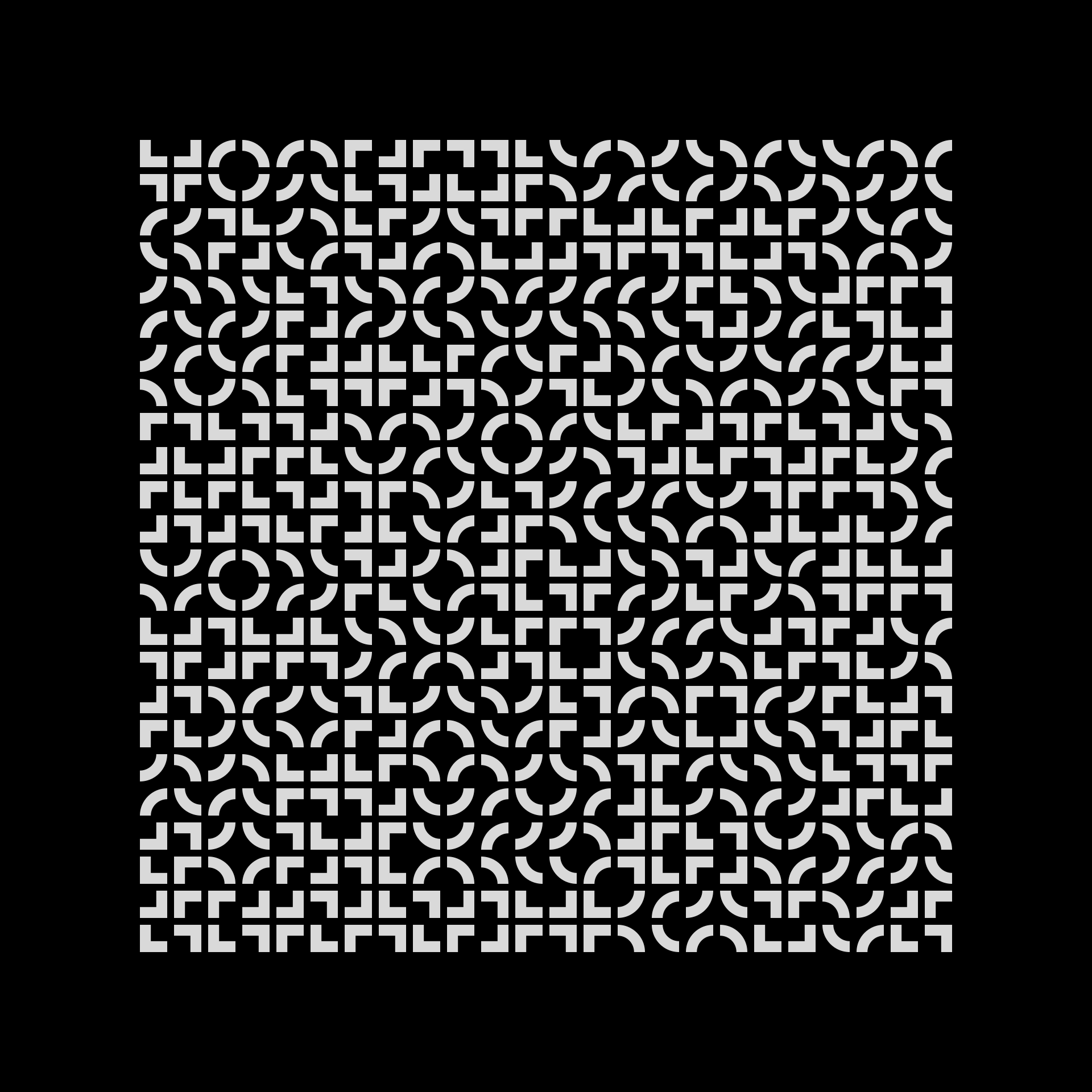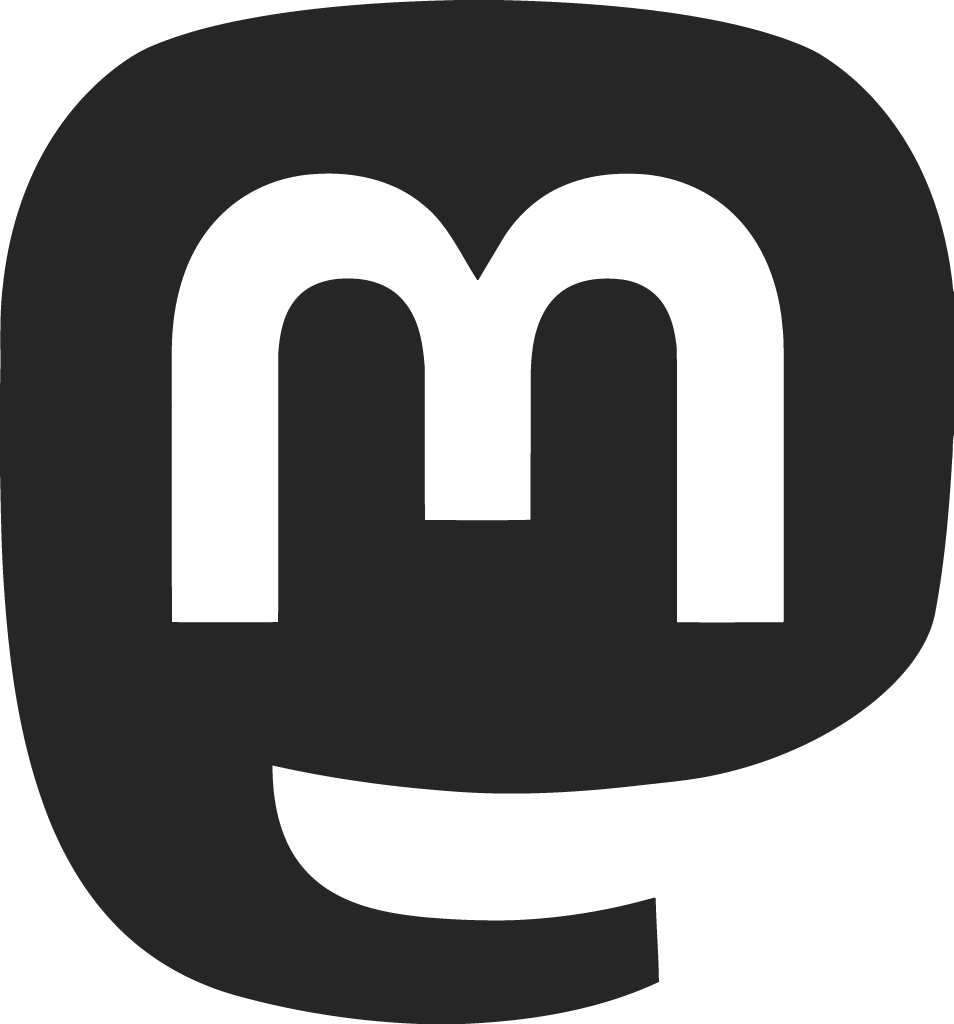
(In: Frederike Huygen, Jurriaan Schrofer: Graphic designer, pioneer of photo books, art director, art manager, environmental artist)
Jurriaan Schrofer made these silkscreen prints in 1972; digging in his papers in the University of Amsterdam/Allard Pierson Museum’s Special Collections, I found some process materials.
It’s not an accident that the elements in the pattern are geometrically-simplified elements that can be combined to make glyphs in a Latin-alphabet script. Schrofer was already absorbed in constructed-script designs and incorporating combinatoric methods.
He imagined an array of 12 × 12 tiles, each tile comprising four elements: a 90º arc, or 90º linear angle, in a square, in 1 of 4 orientations (NW, NE, SE, SW). First, he had to work out all the possible permutations of the elements in a tile.
(Jurriaan Schrofer Archive, Allard Pierson, University of Amsterdam)
He wasn’t using a computer, so he had to work manually. There are twenty-four permutations of the four elements in a tile. He had to diagram each permutation and draw it. But: how to randomize the tiles for the print?
(Jurriaan Schrofer Archive, Allard Pierson, University of Amsterdam)
He drew six sets of twenty-four numbered square slips on graph paper, three sets each in two different colors, then drew them randomly (out of a hat? a bag? a box?; we don’t know) and pasted them on a template to make a plan.
(Jurriaan Schrofer Archive, Allard Pierson, University of Amsterdam)
He needed two color sets because he wanted to make prints using only one flavor of element—arc, or angle—and using both flavors. Then he had to cut rubylith sheets, and make the photo-ready prints. (I invite anyone better-versed than I am in this process to correct me!)
(Jurriaan Schrofer Archive, Allard Pierson, University of Amsterdam)
Arranging the tiles cut out of the prints according to his plans, he could then have photos taken, enlarged, and made into screens for his prints.
Using the information I got from these materials, I could reconstruct Schrofer’s process and prints with Python code in DrawBot:


